As of September 18, the Sansevero Chapel in Naples will make the first digital catalog of itshistorical and artistic heritage accessible to the public. It is a project that combines scientific research and technology, offering a complete cataloguing of the works preserved inside the museum and introducing in Italy a model already tested internationally. The catalog can be consulted free of charge through the museum’s official website, in the dedicated section of the main menu.
The work represents the conclusion of a multi-year project coordinated by Professor Gianluca Forgione and supported by a group of scholars specializing in the seventeenth and eighteenth centuries in the south: Luigi Coiro, Eleonora Loiodice, Sabrina Iorio, Augusto Russo and Mariano Saggiomo. The initiative marks a significant stage in the museum’s path of enhancement, which with this tool stands as a unique case in the Italian panorama. The platform chosen for the publication is Quire, developed by the Getty in collaboration with other international museums. Open-source and designed to ensure sustainability and durability, Quire is already widespread abroad but had not yet been adopted in Italy. The Sansevero Chapel thus becomes the first museum in the country to use it, thanks in part to the technological contribution of Haltadefinizione s.r.l., a Panini Cultura Group company. The latter oversaw the photographic campaign, which includes giga pixel images of the statues, paintings and vault, as well as 360-degree shots of the rooms.
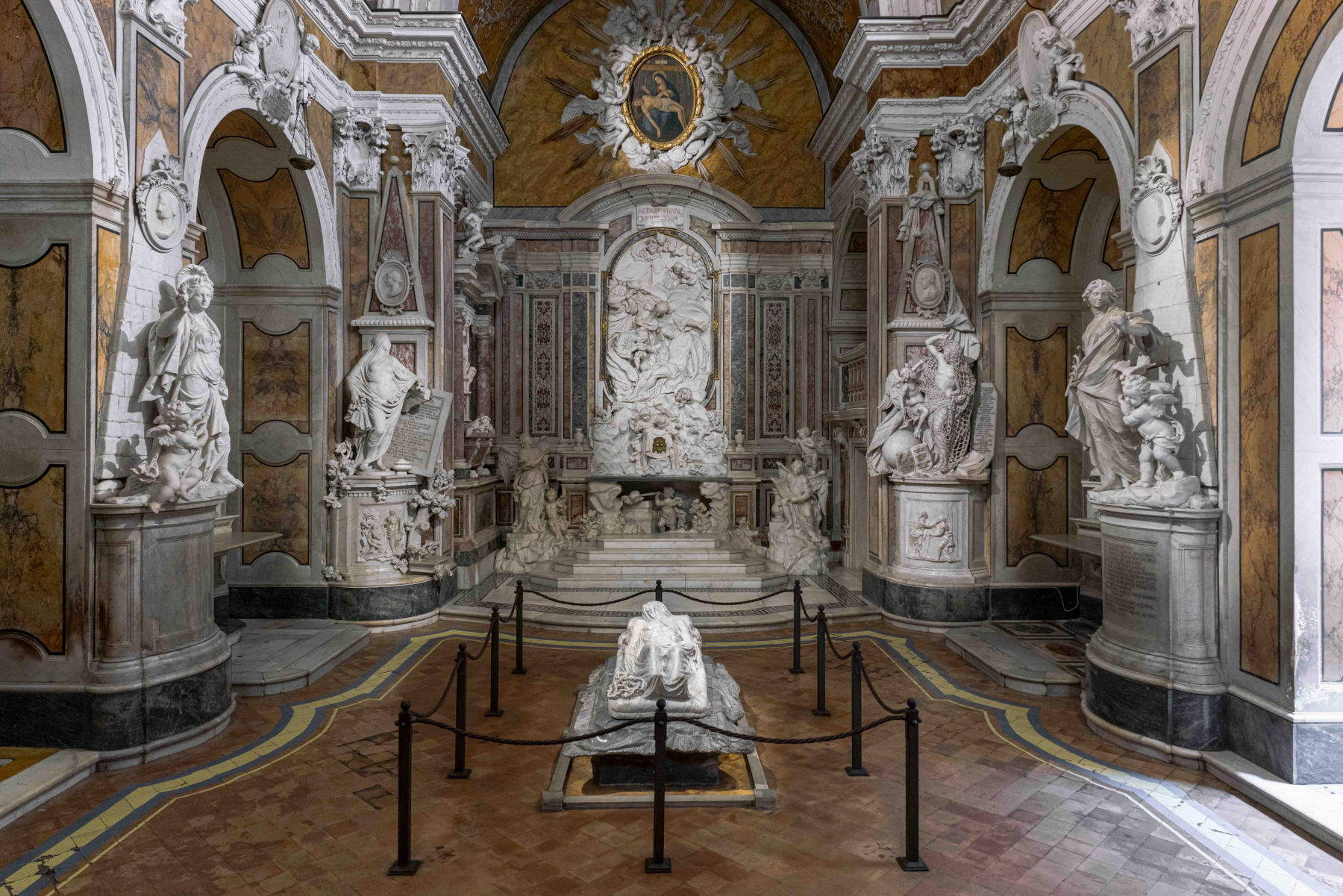
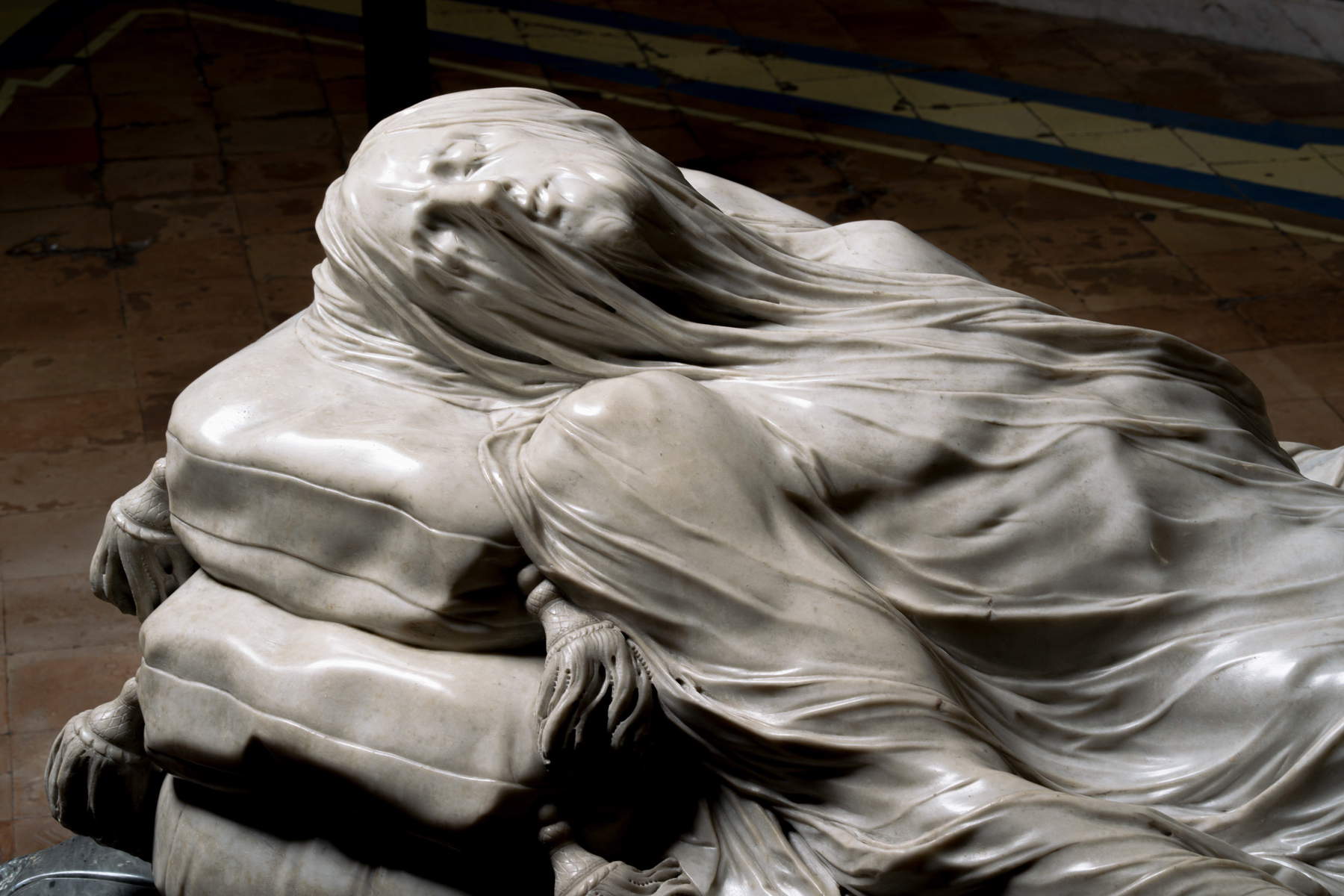
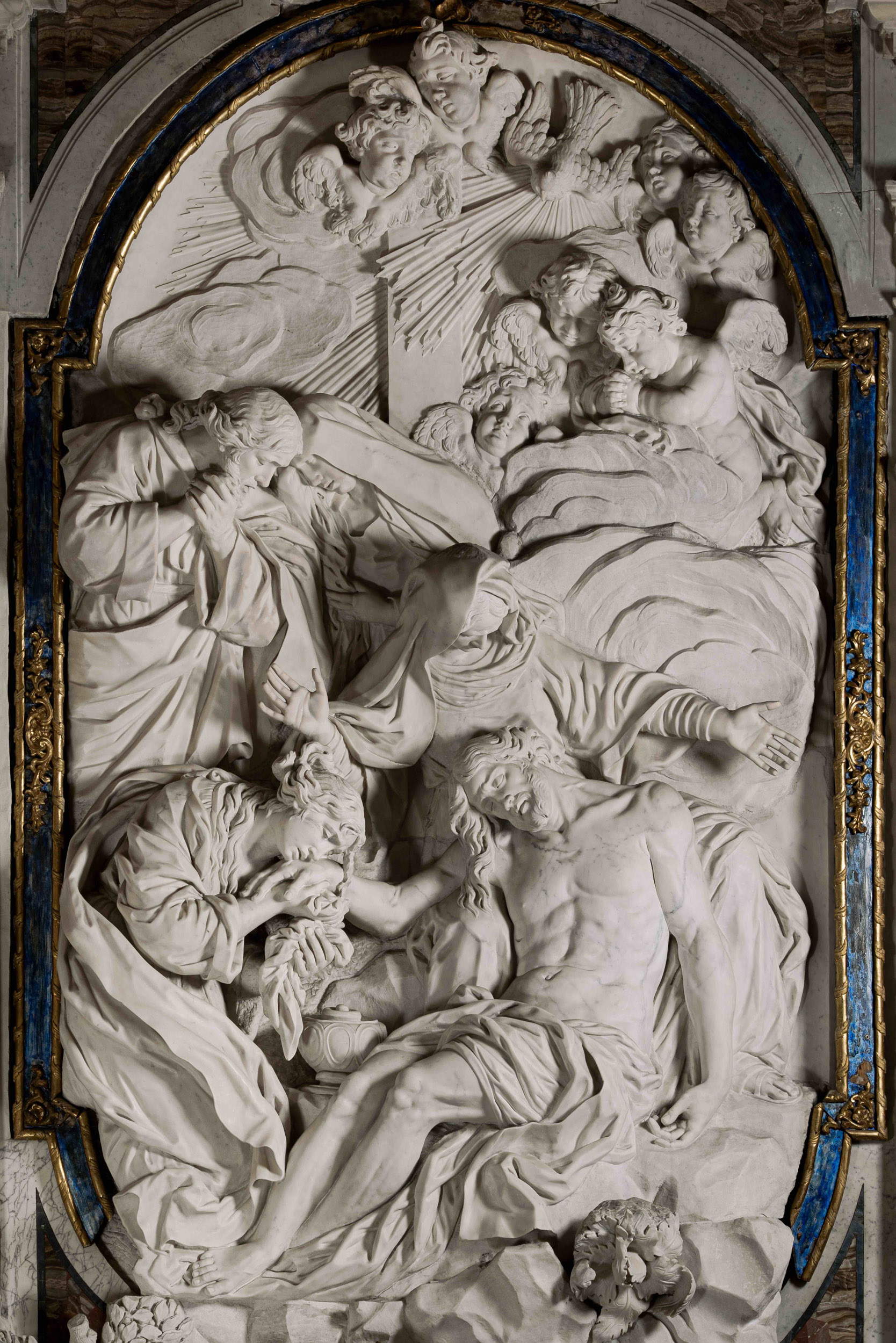
The catalog collects 31 essay-sheets compiled by the research team and organized in a modular format so that they can be updated and expanded over time. The structure echoes that of paper directories, but expands its potential through intuitive navigation and integration with Coosmo, a digital asset manager developed by Haltadefinizione. The tool allows images to be stored in giga pixels and accessed through the Quire platform’s viewers. This allows users to observe the details of the works with a level of definition beyond what is perceptible to the naked eye during a physical visit. An additional element is the ability to archive previous versions of texts, ensuring transparency and continuity in documentation.
On a scholarly level, research conducted for the catalog has produced new results. These include the assignment to Michelangelo Naccherino of the monument to Paolo di Sangro and theAmor divino, works previously attributed to Francesco Queirolo. The analysis of materials preserved in the Diocesan Historical Archives in Naples has also made it possible to reconstruct the seventeenth-century phases of the Chapel and to investigate the transformation desired by Raimondo di Sangro, reread in the light of his training at the Collegio Romano between 1720 and 1730.
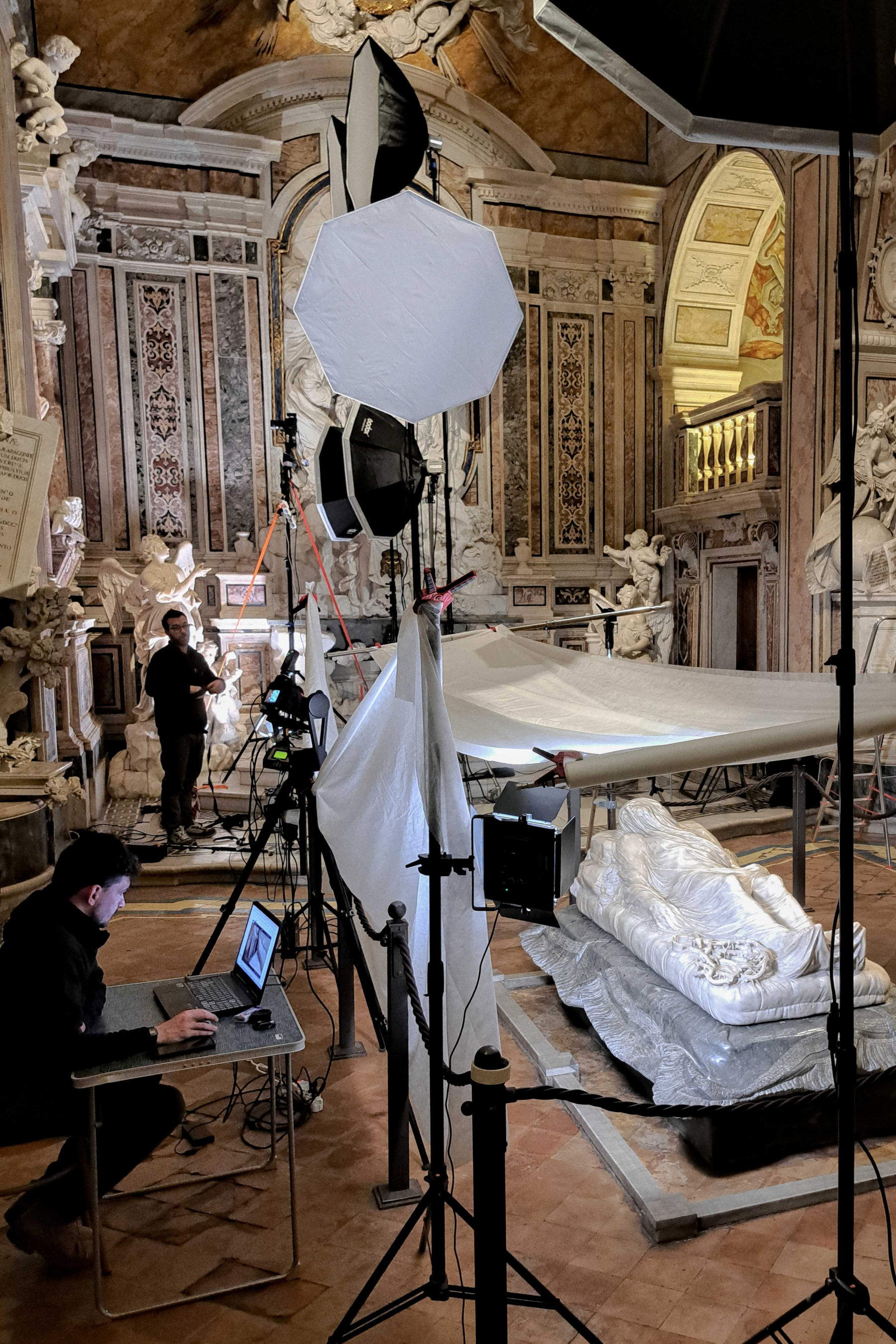
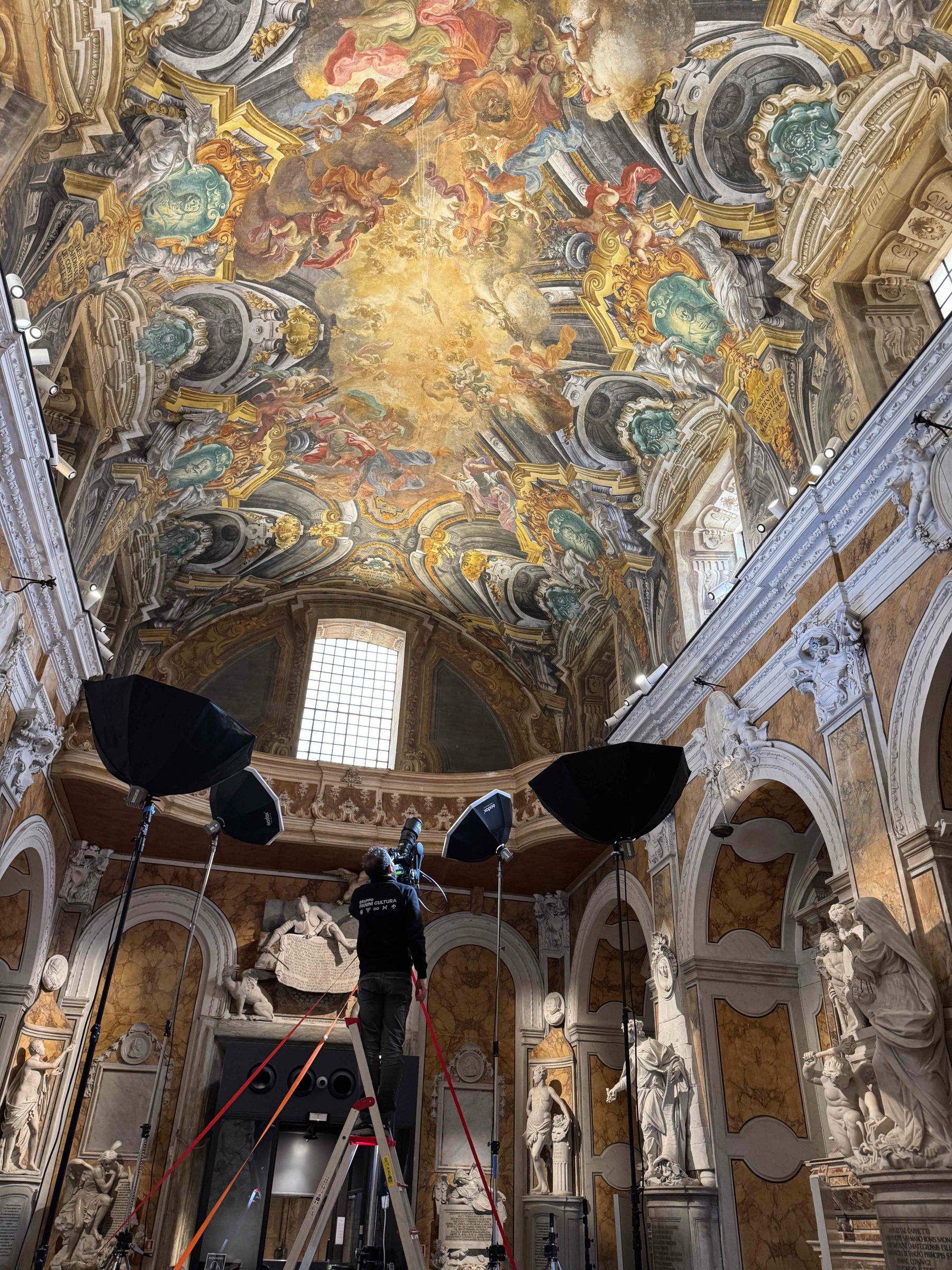
The catalog is therefore proposed as a tool to broaden access to the heritage. Thanks to ultra-high resolution digitization, knowledge of the Sansevero Chapel becomes available from a distance, reaching a wide and diverse audience. The possibility of browsing images and content constitutes a bridge between the material dimension of the works and the digital universe.
The release of the catalog was preceded by a study day organized last May by the museum’s management. The meeting opened with speeches by the president of the Sansevero Chapel Museum, Maria Alessandra Masucci, and the project coordinator, Gianluca Forgione. Internationally prominent scholars also spoke. Andrea Bacchi, professor at the University of Bologna and director of the Federico Zeri Foundation, gave a talk on Antonio Corradini. Riccardo Naldi, professor at the University L’Orientale in Naples, on the other hand, presented an unpublished terracotta model of the Veiled Christ from a private collection. The full recordings of the speeches will be made available in the coming weeks through the museum’s social channels, thus expanding the dissemination scope of the initiative. The project confirms the line pursued by the Sansevero Chapel in recent years, characterized by a constant commitment to research, digitization and accessibility. Collaborations with universities, research institutions and technological partners that have supported the museum in the implementation of innovative activities are also part of this perspective.
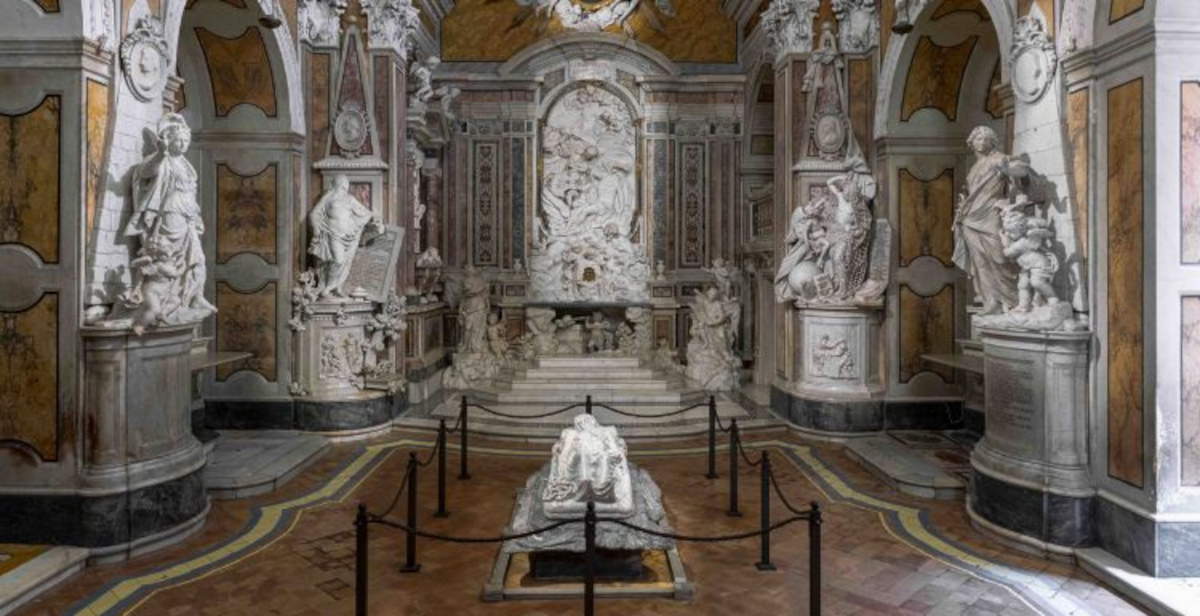 |
| Sansevero Chapel, online the first digital catalog with ultra-high definition images |
Warning: the translation into English of the original Italian article was created using automatic tools. We undertake to review all articles, but we do not guarantee the total absence of inaccuracies in the translation due to the program. You can find the original by clicking on the ITA button. If you find any mistake,please contact us.